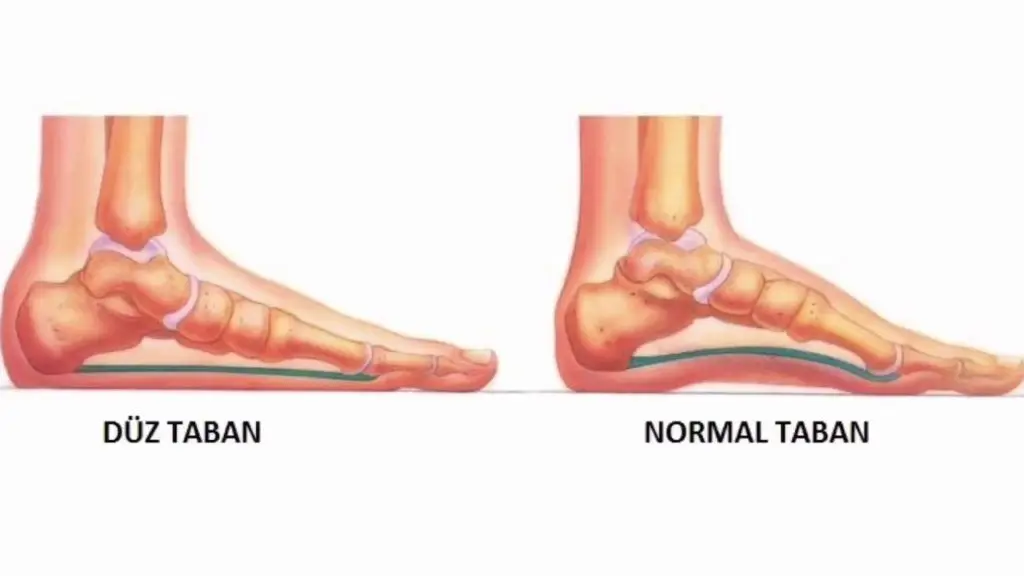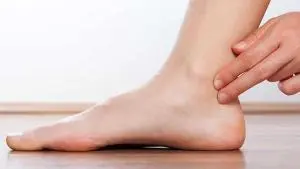
25 Joules Flat Foot Treatment
It is a process that aims to correct the condition in which the arch of the sole of the foot is lower than normal or to alleviate the symptoms.Flat feet treatment Methods may vary depending on the severity of flat feet, the severity of symptoms, and the age of the patient. Mild symptoms usually do not require treatment and symptoms are minimal. However, in cases of severe disease and when symptoms become bothersome, treatment is important.
It is personalized individually by methods such as regularly performing exercises that strengthen and stretch the foot and leg muscles, supporting the foot arch by using foot insoles (orthoses), choosing appropriate shoes and paying attention to weight control.
In rare cases, surgical intervention may be considered in cases of severe flat feet and other treatment methods that fail to yield results. People with complaints should consult a specialist to determine the appropriate treatment method and be under regular follow-up. Early intervention and correct treatment play an important role in reducing discomfort that may occur due to flat feet and protecting foot health.
Flat Foot Symptoms
Symptoms may vary depending on a person's age, gender, activity level and other health conditions. If symptoms are mild, treatment may not be needed. However, if symptoms are severe, treatment may be needed. Symptoms include:
- Foot pain
- foot swelling
- Knee pain
- Backache
- Headache
- balance problems
- Tiredness
- Callus formation on the feet
- cracks on feet
- Deformities in the feet
Methods such as supporting the feet, exercise and medication are used in the treatment. Supporting the feet helps relieve flat foot symptoms and foot pain caused by the disease. Flat feet treatment Exercising helps strengthen foot muscles and make feet healthier. Medication can be used to relieve foot pain and other complaints.
The aim of the treatment is to relieve foot pain and other complaints and improve the person's quality of life. During treatment, it is important to follow your doctor's recommendations.
Factors Affecting Flat Foot Disease
It is generally a natural condition and not considered a disease, but some factors may affect the formation or prominence of flat feet. Genetic factors play an important role in flat feet. In individuals with flat feet in the family, there is a high probability that this condition will also be seen in other members. Genetic predisposition may be effective in the emergence of flat feet.
Muscle and connective tissue weakness is also an important factor for flat foot symptoms. Foot muscles and connective tissue are important to support and protect the arch of the foot. Weakness of these structures may facilitate the formation of flat feet.
Additionally, factors such as age, weight, and gender may also affect the disease. As age progresses, the tendency for the foot arch to flatten may increase. In overweight people, more load is placed on the sole of the foot and flat feet symptoms may be more pronounced. It should be noted that in most cases it does not cause pain or discomfort. However, people with severe symptoms that negatively affect daily life should consult a healthcare professional and take appropriate precautions. flat foot treatment It is important to be guided by methods.





Sorry, the comment form is closed at this time.